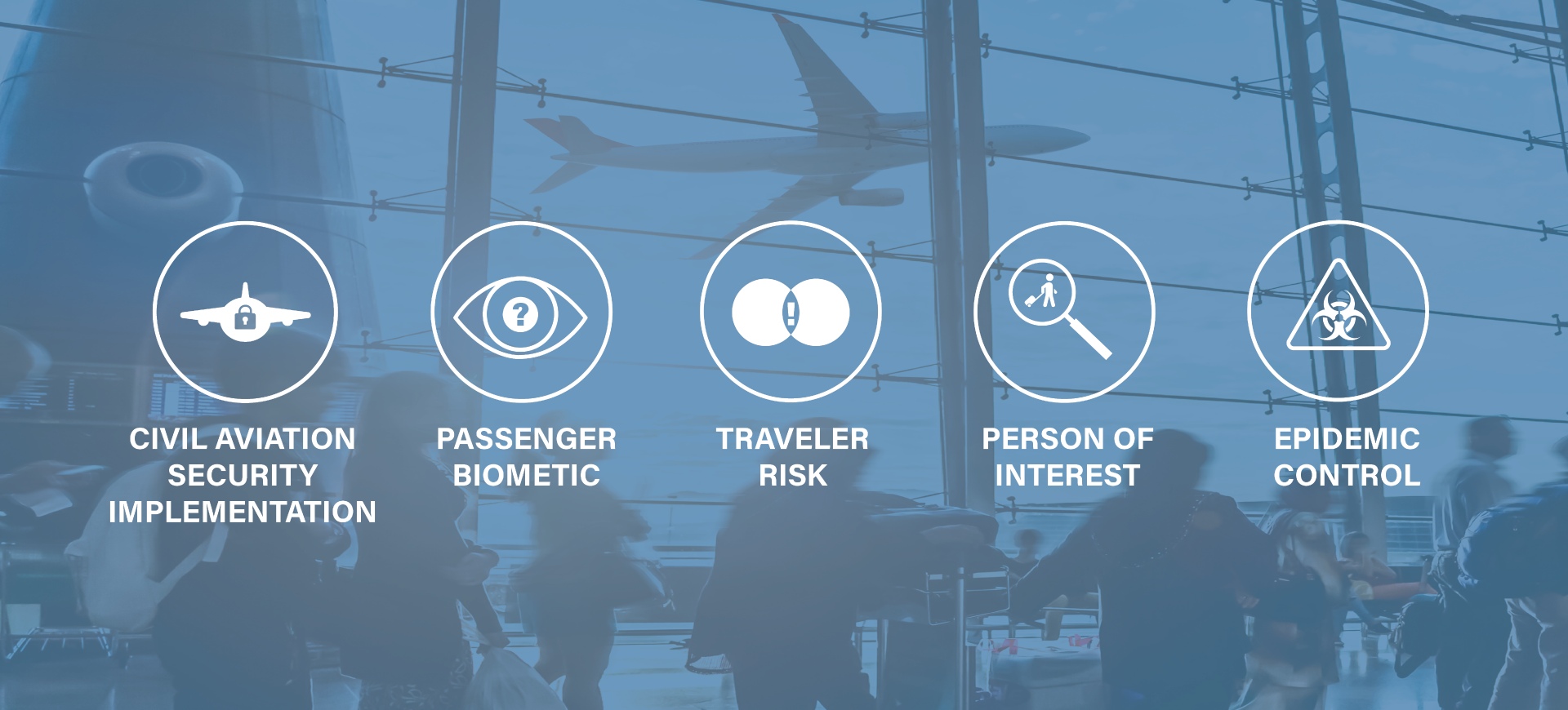Biometrics and data: ensuring the safety of transnational borders
Securiport’s objective is to provide AI-based technologies and tools to governments, enabling them to have in-depth information about travellers crossing their borders
As the world was at a standstill for the past three years with an unpredictable global epidemic, Securiport remained steady to develop solutions that would address passenger experience and border management. And now, in 2022, we have settled in our new normal with the recovery of industries, especially for the airlines and airports, which made innovative biometric technologies at the forefront of making the passenger experience seamless and contactless. Many industries were impacted and the consequences for the aviation industry were even greater as borders were closed, airlines were unable to operate, and business travel as well as tourism were halted. Between 2020 and 2022, the International Air Transport Association estimated that the total losses for the aviation industry could surpass $200 billion, though despite a $51.8 billion loss in 2021, passenger numbers are expected to rise and reach 4 billion in 2022 (1.1 billion passengers fewer than pre-pandemic).
In a return to normalcy with open borders, a stronger partnership was forged between the government and the private sector to implement preventive approaches for contactless travellers’ experience. Furthermore, to avoid another total aviation shutdown, it required three important elements – global cooperation, technology adaptation throughout the passenger’s journey, and data analysis for an enhanced traveller’s profile.
Does contactless passenger experience accelerate travel processes?
For people to once again cross borders without any safety concerns, the industry shifted towards focusing on the “traveller’s experience” that has airports establishing smoother check-ins, shorter lines and greater contactless facilities.
When we founded Securiport, 20 years ago, we began our operations by using ultrasound fingerprint recognition – the most advanced biometric technology at the time – to accurately identify travellers and, gradually, we evolved to harness the cognitive power of data analytics and intelligent information management to provide cutting-edge threat detection tools to effectively address client’s growing security concerns. The challenges of the 2019 global epidemic accelerated the implementation of biometric technologies that changed the traditional data capturing methods such as touch-based fingerprinting to contactless fingerprinting, which is deployed through conducive mobile camera systems with high accuracy matching performance with legacy fingerprints and systems.
Another important advance in biometrics is facial recognition that captures a traveller’s face by measuring dozens of features to match with the traveller’s documents. Airports’ use of facial recognition gives travellers a low-touch and frictionless passenger experience. While safeguarding passengers and staff, the combination of facial recognition and contactless fingerprinting makes the biometric identification process more efficient and touchless.
We’re currently developing cutting-edge contactless cognitive technologies to identify deceptive behaviour including false or double identity cases.
Will biometric data suffice?
For the past few years, border security officials have been increasingly relying on data sets that are acquired through travel – predominantly air travel – to process travellers crossing border points. These advances in biometric technologies are pivotal to delivering seamless experiences as they enable passengers to safely walk through a series of touchpoints without any or limited human operators. The Advanced Passenger Information and Passenger Name Record are data sets that were approved for implementation and regularised by the International Civil Aviation Organization; and in addition to the biometric data, the additional collected data sets ensure that the rightly identified person is crossing the border. With AI technologies, the data can be analysed and readily available for authorities in time to apprehend any type of criminal such as human traffickers or money launderers.
Although unforeseen yet predictable threats and vulnerabilities have emerged, biometrics in addition to data can support all efforts by governments working to ensure the safety of travellers while maintaining secure borders.
How could biometric technology and data address the growing challenges of national security threats?
Advanced Passenger Information captures the biometrics and flight details that are then electronically sent to the port of arrival. The compiled data can detect anomalies of flight behaviours and other unusual patterns. Therefore, Biometric technologies and passenger data allow border officials to have extensive data sets to identify travellers and crosscheck the traveller’s identification documents. Securiport’s fully tailorable system has the capacity to crosscheck biometrics and profile data against watch lists from local and international security agencies with which its clients maintain relations, such as Interpol, the United Nations Office on Drugs and Crime and the FBI. The data sets must be analysed and shared between stakeholders in the airport ecosystem, border control agencies, and airlines. For instance, based on the unique needs of the US government, Securiport has incorporated in its proprietary AI-powered tool five standard profiling categories: criminals, terrorists, human traffickers, drug traffickers and money launderers. In the case of Covid-19, as we understand the importance of border crossing and testing, we were able to develop technology tools for health credentials that enable the vaccinations certificate to be matched with the identity of the traveller. The whole analysis is performed in less than a minute while the traveller is processed at immigration control or prior to arrival.
Securiport continues to enhance its already comprehensive technology solutions and is actively implementing advanced data analytics tools to complement contactless kiosks as it continues to diligently work to make travel safer and more secure for all stakeholders. To optimise transnational border crossing, the combination of biometrics and extensive data analysis must provide authorities with a traveller’s threat risk while ensuring the passenger experience is contactless as well as seamless.












